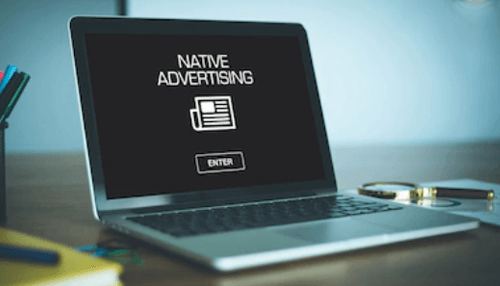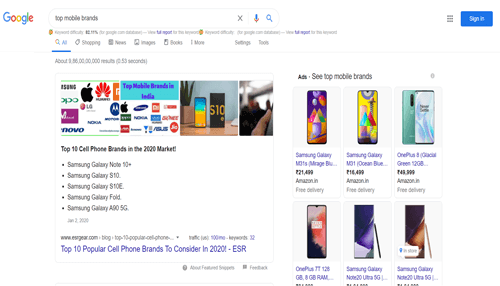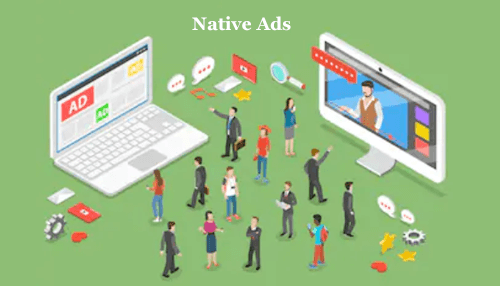What is Native Advertising?
Native advertising is paid content that matches the feel, looks, and functions of the media format in which they are published. Native ads are published on the social media platform as well as on the web pages. Native ads do not give a genuine feel for display ads or banner ads.
They look like part of the editorial flow of the page. The key to native advertising is that it is non-disruptive – it exposes the reader to advertising content without sticking out like a sore thumb
They appear like the editorial flow of the web page, persuading the readers to click them and do the action. Native advertising is non-disruptive. It introduces the reader to the advertising content without making them realize that they are reading a paid marketing content.
What Do Native Ads Look Like?
1. In-Feed Ads
These are the native ads that appear in the news on your social media account. It can be Facebook, Twitter, or any other social media website. The In-Feed ads have clear commercial intent. The headlines of the ads match the editorial style of the writing, but it is sponsored content written and published to spread awareness regarding the brand.
2. Search Promoted Listings
These are the native ads that appear as a list at the top of the Google search results. They also appear in the sidebar.
3. Content Recommendations
This is recommended in the form of posts or articles. These posts and articles are related to the type of content you have just clicked and read.
How to identify Native Advertising?
The conundrum of native advertising is this: The native advertising looks similar to the regular content. Users never realize that they are consuming a paid advertisement. Several ways let you know whether a certain article is native advertising or not.
For instance, you can click on the article “The Top Five Kitchen Remodeling Ideas”. This will take you by post to the Kitchen Remodeling Equipment Store. This is not the same as just going through an article in the Interior Décor magazine, is it? This is native advertising because Kitchen Remodeling Equipment Store is releasing payments to the website publisher for your click.
There are consumer watchdogs, for instance, FTC (Federal Trade Commission) and IAB (Interactive Advertising Bureau) strive hard to regulate the usage of native ads to ensure that consumers are not misled.
Though native ads smoothly integrate into the design of the web page, you can identify it by following telltale signs:
1. Promoted, Suggested or Recommended:
The advertisements, which have “promoted content”, “suggested content” and “recommended for you” suggest that these are the advertising posts. It comes written down below a social media post.
2. Exclamation Mark:
There is an exclamation mark on the ad. If you click on it, it denotes that it is paid content.
3. Sponsorship Credit:
The post has the words “sponsorship” or “sponsored content” credit over it.
4. Recommended or Suggested Videos:
Recommended and Suggested videos are also native advertising.
Conclusion: Why Native Advertising?
According to an internet survey, 53% of consumers look at native ads than display ads. Native ads also influence the purchase intent of the buyers. Visual engagement of buyers with native advertising is also higher. Native advertising is preferable over display ads as they do not fatigue the users. If the user does not engage with the advertisement, it stops engaging the user and targets another interested user. So, native advertising is a smarter and more intelligent manner to reach audiences.




